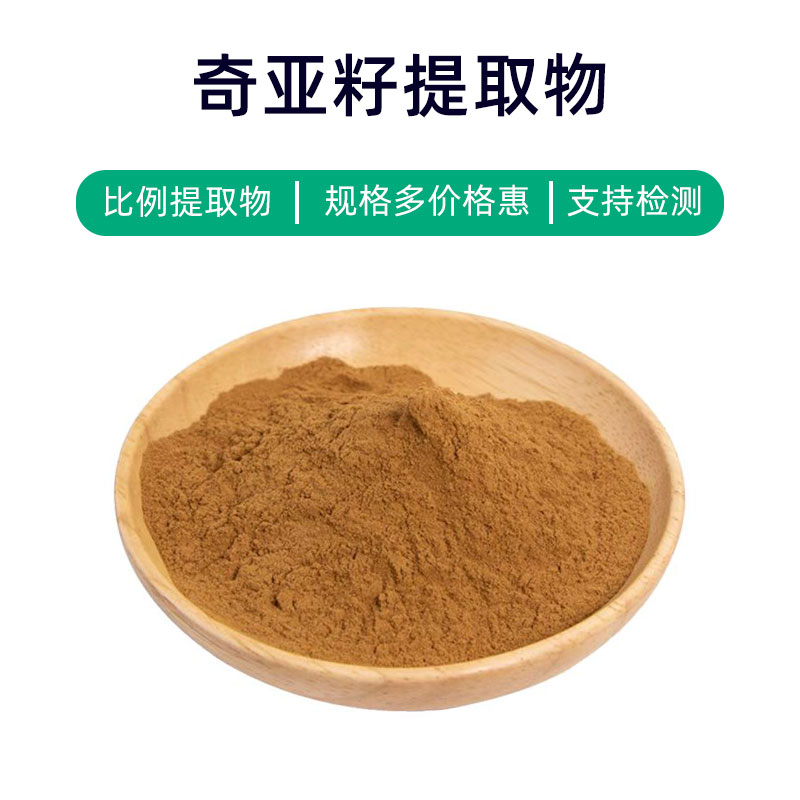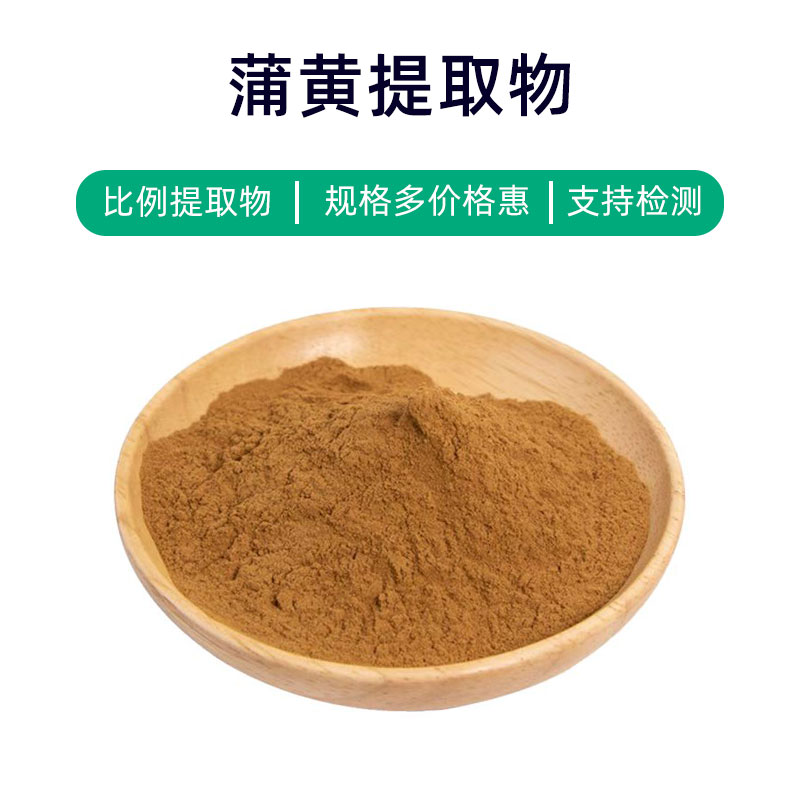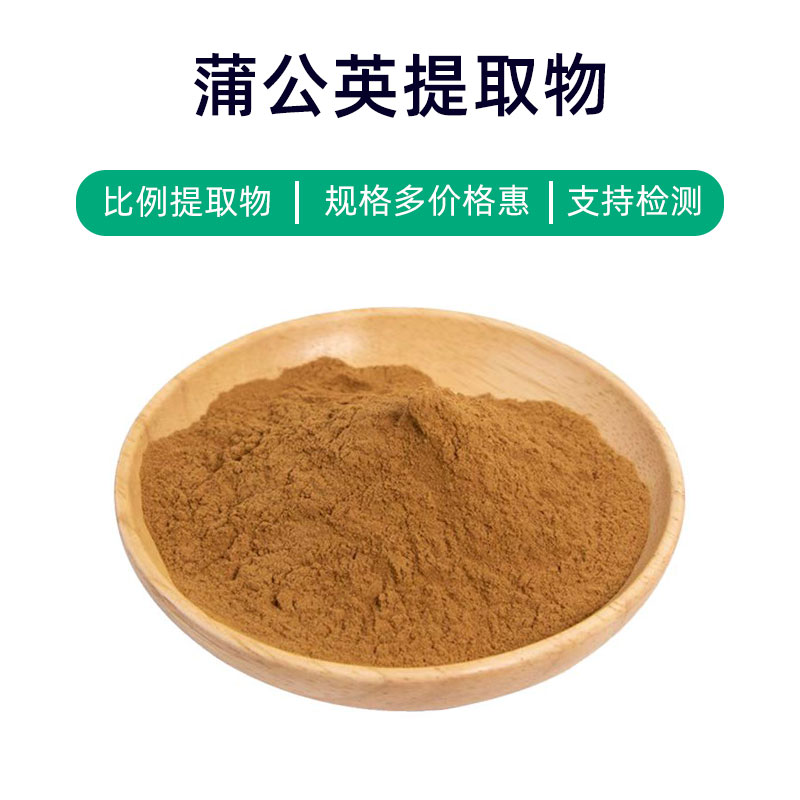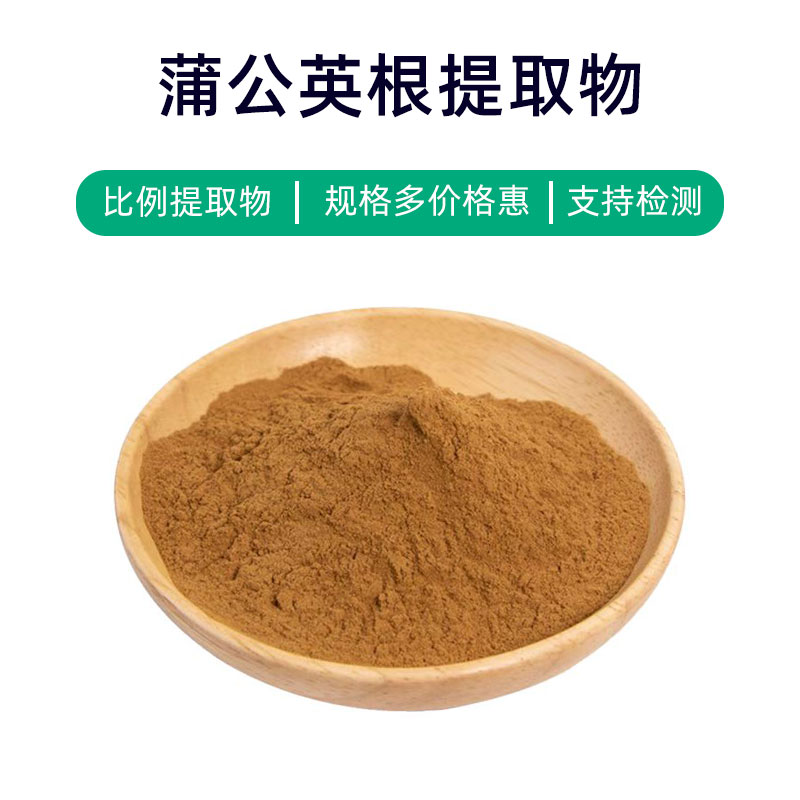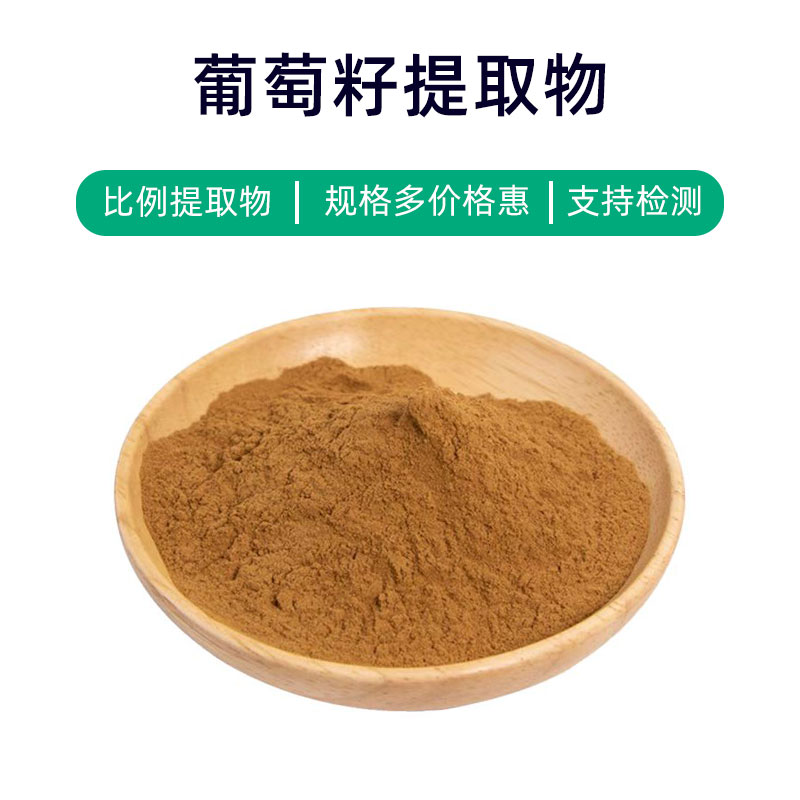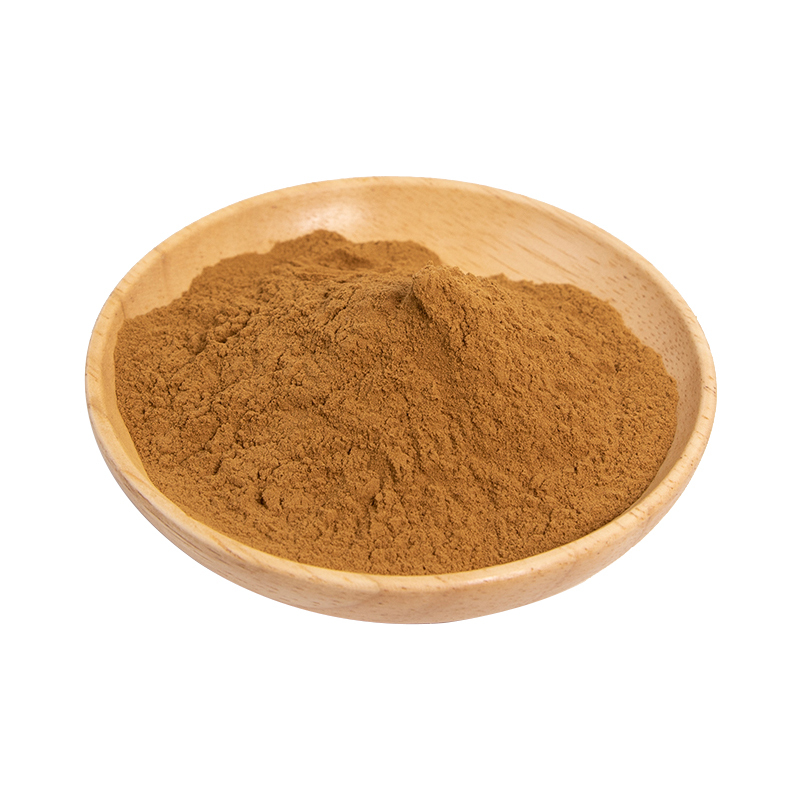Water Hyacinth Extract Product Introduction
Water hyacinth extract is a natural plant extract obtained from the water hyacinth (Eichhornia crassipes). Its main components include polysaccharides, flavonoids, and alkaloids. These active ingredients endow the extract with a range of biological activities and health benefits.
Water hyacinth extract is widely used in pharmaceuticals, health supplements, and cosmetics. Its primary benefits include antioxidant, anti-inflammatory, antibacterial, and anti-aging properties. Polysaccharides help regulate immune function and promote intestinal health, flavonoids have antioxidant and anti-inflammatory effects, and alkaloids suppress certain microorganisms.
In pharmaceuticals, water hyacinth extract is commonly used to regulate immune function, improve cardiovascular health, and promote digestive health. In health supplements, it is often added to boost the body's resistance and overall health. In cosmetics, water hyacinth extract is used as an antioxidant and anti-aging component, aiding in skin health and delaying skin aging.
Overall, water hyacinth extract, as a natural plant extract, contains various active biological components and is suitable for multiple applications, with a wide potential for use.
Water Hyacinth Extract Production Process
The production process for water hyacinth extract typically includes the following steps:
- Collection: Fresh water hyacinth plants are collected under suitable seasonal and environmental conditions, typically during the growing season to ensure the quality and richness of active ingredients.
- Washing and Treatment: Collected water hyacinth needs to be washed and treated to remove impurities. This usually involves soaking, rinsing, and screening to ensure the purity of the extract.
- Crushing and Pulping: The washed water hyacinth is typically crushed and pulped to increase its surface area, facilitating the release and extraction of active ingredients in subsequent processes.
- Extraction: The crushed water hyacinth undergoes extraction to obtain target components from the plant. Common extraction methods include water extraction, alcohol extraction, and supercritical fluid extraction, with the choice depending on the nature and needs of the target components.
- Concentration and Separation: The obtained extract requires concentration and separation to remove irrelevant components and solvents while retaining target components. This step usually includes processes like evaporation, freeze-drying, and solvent recovery.
- Refinement and Purification: After concentration and separation, the water hyacinth extract may undergo further refinement and purification to enhance its purity and the content of active ingredients.
- Quality Testing: Finally, the produced water hyacinth extract undergoes quality testing, including component analysis, active ingredient content testing, and microbial testing, to ensure the product meets relevant quality standards and requirements.
In summary, the production of water hyacinth extract involves multiple steps including collection, washing, extraction, concentration, separation, refinement, and quality testing, with strict controls at each step to ensure the quality and safety of the final product.
Water Hyacinth Extract Effects and Side Effects
Water hyacinth extract is a common natural plant extract with multiple effects and benefits, primarily stemming from its rich nutritional components and bioactive substances. Here are the main effects and functions of water hyacinth extract:
- Antioxidant Effects: Rich in natural antioxidants such as polyphenols and flavonoids, water hyacinth extract can eliminate free radicals, slow down cellular oxidative damage, protect cells from oxidative stress, and delay the aging process.
- Anti-inflammatory Effects: Some active components in water hyacinth extract have anti-inflammatory properties, able to inhibit the release of inflammatory mediators and lessen inflammatory responses, providing relief for inflammatory diseases.
- Antibacterial Effects: The extract contains active components that have antibacterial effects against certain bacteria and fungi, assisting in the prevention and treatment of related infections.
- Lipid-lowering Effects: Some components in water hyacinth extract are considered to help regulate blood lipids, lowering cholesterol and triglyceride levels, aiding in the prevention and treatment of hyperlipidemia.
- Digestive Promotion: Rich in dietary fiber and digestive enzymes, the extract promotes intestinal motility and increases gastrointestinal secretions, aiding digestion and absorption.
- Liver Protection: Certain components in the extract can help protect the liver, promoting liver cell regeneration and reducing liver damage, playing a protective role in preventing and treating liver diseases.
- Immune System Boosting: Water hyacinth extract contains various nutrients, such as vitamins and minerals, which can enhance the body's immune response and resistance, helping to prevent colds and other diseases.
- Cardiovascular Protection: Some components are believed to have blood pressure-lowering, blood sugar-regulating, and vasodilating effects, assisting in the prevention and treatment of cardiovascular diseases.
Generally, water hyacinth extract, as a natural plant extract, tends to not exhibit significant side effects when used in appropriate doses. However, some individuals may have allergic reactions, so it’s best to conduct a skin sensitivity test before use. Additionally, individuals with chronic diseases or those taking medications should consult a healthcare professional before using water hyacinth extract to avoid potential drug interactions.
Applications and Dosages of Water Hyacinth Extract
Water hyacinth extract is a natural plant extract with broad application prospects in the pharmaceutical, food, and cosmetics industries. The following emphasizes its applications and dosage in these areas:
- Pharmaceutical Field:
- Due to its antioxidant and anti-inflammatory properties, water hyacinth extract is widely used in the preparation of health supplements and drugs. Common uses include processing it into capsules or oral liquids, with suggested daily dosages determined by product instructions, generally ranging from 1-2 capsules per dose or as advised by a physician.
- Its lipid-lowering, blood sugar-regulating, and liver-protective properties make it a component in formulations for treating hyperlipidemia, diabetes, and liver diseases.
- Food Field:
- As a natural antioxidant and dietary supplement, water hyacinth extract can be used to create functional foods, such as health teas, nutritional drinks, and dietary tablets. Daily intake recommendations should be based on product instructions or specific food processing recipes.
- It can also be directly added to seasonings to enhance the nutritional value and flavor of food.
- Cosmetic Field:
- Due to its antioxidant and anti-inflammatory effects, water hyacinth extract is commonly used in skincare products, such as masks, lotions, and serums. The application involves applying an appropriate amount to clean facial skin and massaging until absorbed, typically recommended for use morning and night.
- Additionally, it can be included in shampoos and conditioners to help improve hair quality and prevent dandruff.
Overall, water hyacinth extract has expansive application prospects in pharmaceuticals, food, and cosmetics, but dosages should follow specific product instructions or physician guidance to avoid adverse reactions. For special populations such as pregnant women, nursing mothers, and children, it’s advised to consult a physician before use.
Introduction, Distribution, and Growth Environment of the Source Plant for Water Hyacinth Extract
Water hyacinth (scientific name: Lemna) is a type of aquatic plant commonly utilized for the preparation of water hyacinth extract. Below is an introduction to the source plant, its distribution, and growth environment:
- Plant Introduction:
- Water hyacinth comprises small aquatic plants belonging to the family Lemnaceae. They typically consist of one or several floating small leaves (called "hya") with a flat shape and a unique root structure.
- Generally, these are perennial plants that can rapidly reproduce, forming dense vegetation floating on the water surface, providing essential ecological functions for aquatic ecosystems.
- Distribution:
- Water hyacinth is widely distributed in freshwater environments such as lakes, ponds, rivers, and marshlands across temperate and tropical regions worldwide. They can thrive in various water quality conditions, including clear lakes, slow-flowing rivers, and nutrient-rich waters.
- Growth Environment:
- Water hyacinth prefers to grow in sunny, clear waters rich in nutrients. They usually thrive in still or slow-moving waters and have specific requirements for water temperature and light.
- Through photosynthesis, water hyacinths absorb sunlight energy while also taking in nutrients and inorganic materials from the water, using these nutrients for growth and reproduction.
- Growth Characteristics:
- Water hyacinth grows rapidly, often forming dense colonies in a short time under suitable water conditions. These colonies not only provide oxygen for aquatic plants but also offer essential habitats and food sources for aquatic ecosystems.
In summary, as a common aquatic plant, water hyacinth is widely distributed globally and exhibits strong adaptability. They grow densely in aquatic environments, providing valuable ecological services to aquatic life and important resources for humans, such as water hyacinth extract.
Processing and Storage of Water Hyacinth Extract
The processing of water hyacinth extract typically involves steps such as extraction, concentration, filtration, and drying. Common methods for extraction include water extraction and alcohol extraction. The extract should be dried in a cool, ventilated area, avoiding direct sunlight to preserve its active components. For storage, it should be placed in a cool, dry place, avoiding moisture and high temperatures, and sealed in airtight containers to extend its shelf life.
Monica Sun is a seasoned expert in the plant extraction industry with over a decade of experience in research and production. She specializes in the extraction and purification of plant active ingredients, focusing on driving innovation in natural product applications. Monica has participated in the development of multiple functional plant extracts, delivering high-value natural raw material solutions for the health food, pharmaceutical, and dietary supplement sectors.









